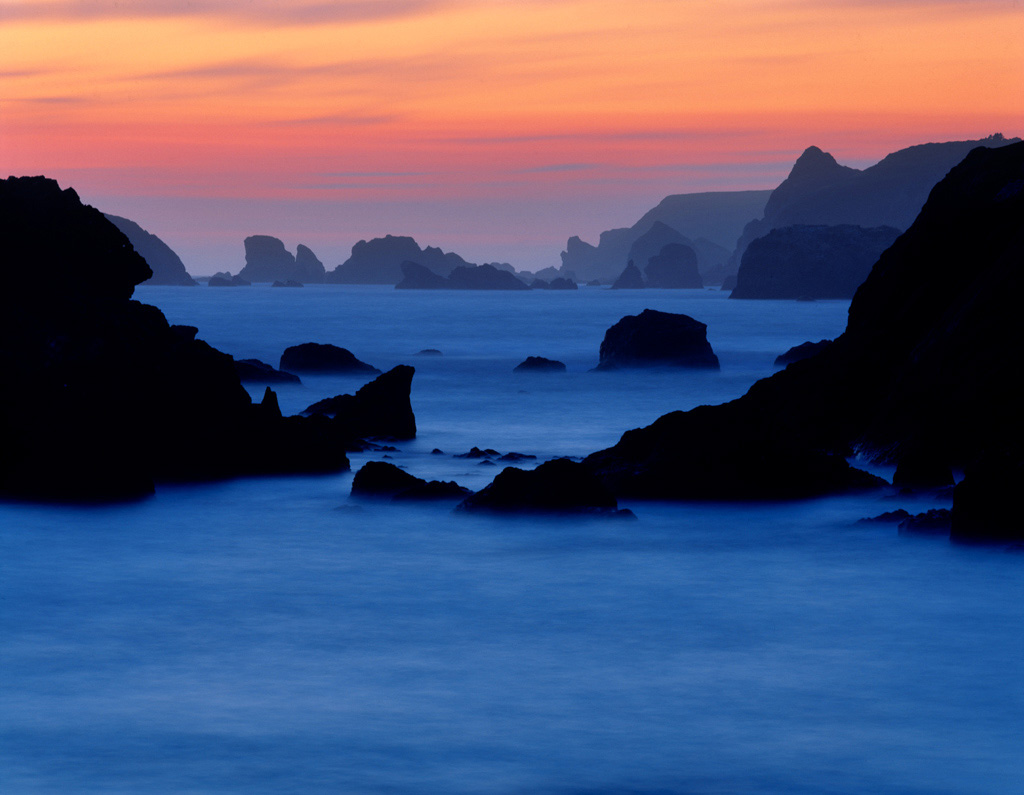When I consider Your heavens, the work of Your fingers, the moon and stars, which You have ordained, what is man that You are mindful of him, and the son of man that You visit him? Psalm 8:3-4
INTRODUCTION
The seed for this book was sown in my childhood on long summer nights out under the stars. I didn’t know it then, of course, or realize that the seed was being watered by those wonderful lazy evenings with my friends. Then there was only the moment, and no better way to spend it than lying on a soft bed of grass, covered by a blanket of warm night air, gazing at the heavens and pondering the eternal riddles of life. How far is infinity? How long is eternity? How many grains of sand are there on all the beaches in the world? If light from the nearest star takes a thousand years to reach the earth, how do we know that the star is still there?
Over and over we would pose and ponder the questions, then discard them in frustration until the very next night, when we would ask them all over again. Our minds raced but never got to the finish line; like all who had pondered the riddles before, we had no answers, only questions.
But based on everything that we saw and considered—from the perfect detail of a tiny flower to the vast sweep of the heavens above—one thing seemed clear: we were but a very small piece of a very big puzzle, and the Maker of that puzzle was an all-powerful and unfathomable God.
 Childhood summers soon faded into adolescent memories, and the big questions of life were replaced by smaller questions of self-interest. My gaze turned inward and my view of God grew dim as faith born of natural observation was exchanged for scientific dogma learned by rote. Seeking to please my teachers and avoid the ridicule of peers, I dutifully parroted Darwin’s mantra and denied God the glory of His creation. New discoveries would often rip embarrassing holes in the fabric of macroevolutionary theory, but my pride kept me from seeing the philosophical nakedness they revealed. I simply trusted that science would patch the holes and validate my belief. But it didn’t. The holes kept getting bigger, requiring narrower blinders and greater faith to avoid seeing the obvious. Then, in the mid-eighties, some major changes in my life reopened my eyes to God: my father died, the focus of my work shifted from travel to nature, and I began reading the Bible. Gently but steadily the blinders were pulled back, until I could no longer deny the truth before me: the perfection of everything in the heavens and on earth could only have come from the mind of an all-knowing, all-powerful, all-loving Designer, and never from an eternity of time plus chance.
Childhood summers soon faded into adolescent memories, and the big questions of life were replaced by smaller questions of self-interest. My gaze turned inward and my view of God grew dim as faith born of natural observation was exchanged for scientific dogma learned by rote. Seeking to please my teachers and avoid the ridicule of peers, I dutifully parroted Darwin’s mantra and denied God the glory of His creation. New discoveries would often rip embarrassing holes in the fabric of macroevolutionary theory, but my pride kept me from seeing the philosophical nakedness they revealed. I simply trusted that science would patch the holes and validate my belief. But it didn’t. The holes kept getting bigger, requiring narrower blinders and greater faith to avoid seeing the obvious. Then, in the mid-eighties, some major changes in my life reopened my eyes to God: my father died, the focus of my work shifted from travel to nature, and I began reading the Bible. Gently but steadily the blinders were pulled back, until I could no longer deny the truth before me: the perfection of everything in the heavens and on earth could only have come from the mind of an all-knowing, all-powerful, all-loving Designer, and never from an eternity of time plus chance.
This discovery was not my doing; it was by the grace of God alone. For as my boyhood observations made clear, the evidence had been in front of me all along. But in my rebellion I was simply unwilling and unable to see it until God opened my eyes (Ephesians 2:4-5). Freed from spiritual blindness, I clearly saw the true state of my knowledge: what I thought I knew I didn’t, and what I didn’t know was infinitely greater than I had thought. Lacking in my knowledge of nature were its cause and reason for being; apart from that understanding, all of my learning was but a collection of useless facts. Like a clock outside of the realm of time, it was ultimately meaningless.
 The information I lacked was not hard to find; it had been in front of me most of my life. However my pseudo-intellectual pride had not allowed me to seriously consider it. For the understanding I sought was not to be found in scientific journals or the writings of men; rather, it was in the Bible, the Word of the living God. And when I began to earnestly study it—not just looking at an occasional verse or two—my eyes were opened to a work of art so astonishingly complex and beautiful that it rivaled anything I had ever seen or photographed in nature. Indeed, I soon learned that the physical world and the written Word of God were so perfectly and intricately linked that it was impossible to truly know one apart from the other; they were two halves of the same creation.
The information I lacked was not hard to find; it had been in front of me most of my life. However my pseudo-intellectual pride had not allowed me to seriously consider it. For the understanding I sought was not to be found in scientific journals or the writings of men; rather, it was in the Bible, the Word of the living God. And when I began to earnestly study it—not just looking at an occasional verse or two—my eyes were opened to a work of art so astonishingly complex and beautiful that it rivaled anything I had ever seen or photographed in nature. Indeed, I soon learned that the physical world and the written Word of God were so perfectly and intricately linked that it was impossible to truly know one apart from the other; they were two halves of the same creation.
This is the art of God that is the subject of this book—His perfect creation and blending of the natural world and His written Word into one seamless reality that reveals Him as the giver and meaning of life. To clearly see and fully appreciate the riches of His creation, however, we must dig deeply into Scripture and study its use of symbolism and typology. For by using the visible and temporal things of the earth to describe the invisible and eternal truths of His Kingdom, God has graciously enabled us to know Him better, and to see and understand our world and ourselves through new eyes.
To see and experience the beauty of nature is a wonderful thing. But to see and experience the beauty of God through nature is infinitely more wonderful. The former is His good and gracious gift to all people, but the latter is reserved for those who seek Him and faithfully study His Word. I pray that you may know this great joy and that this book will encourage you to that end.
I will lift up my eyes to the mountains; from where shall my help come? My help comes from the LORD, who made heaven and earth. Psalm 121:1-2



